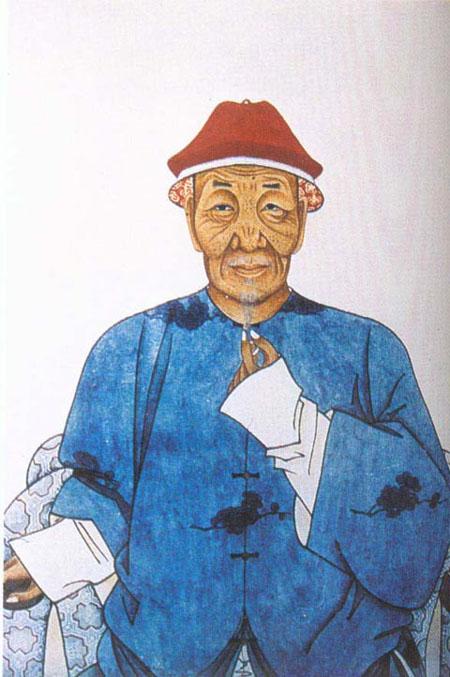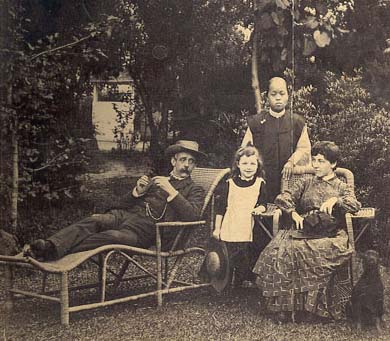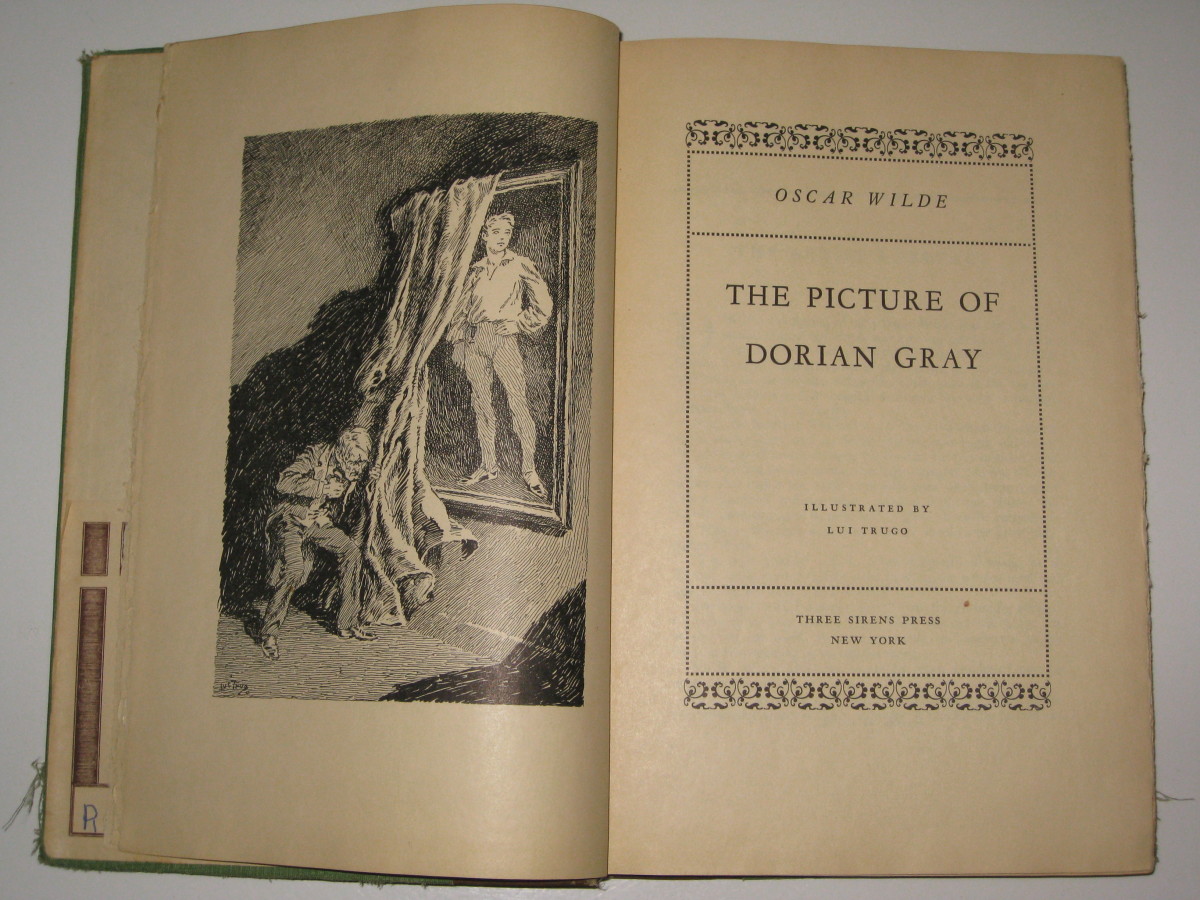Pu SongLing and his "the Strange Stories from Chinese Studio"
Pu Songling
P'u Sung-ling (June 5, 1640—February 25, 1715) was a Chinese author who wrote "the Strange Stories from Chinese Studio during" in the Qing Dynasty.
Pu was from a poor landlord-merchant family from Zichuan (now Zibo, Shandong province). Possibly he was of Mongol ancestry. When Pu was born, his father dreamed a sickly-looking Buddhist priest, Pu took this dream as a bad omen of his ailing childhood and harsh adult life; or to some extent, he might have belived he was the incarnation of this buddhaist priest. He said in the preface of the Strange Story from Chinese Studio:
"When the bow was hung at my father’s door, he dreamed that a sickly-looking Buddhist priest, but half covered by his stole, entered the chamber. On one of his breasts was a round piece of plaster like a cash and my father, waking from sleep, found that I, just born, had a similar black patch on my body. As a child, I was thin and constantly ailing, and unable to hold my own in the battle of life. Our own home was chill and desolate as a monastery and working there for my livelihood with my pen, I was as poor as a priest with his alms-bowl. Often and often I put my hand to my head26 and exclaimed,“Surely he who sat with his face to the wall was myself in previous state of existence”.
In ancient China, when a family give birth of a boy, a bow was hung at the left side of the door, while that of a girl, a small towel wasd displayed, indicative of the roles that each would hereafter be expected to play. But Pu was quite weak and constantly ailing in his childhood, even unable to hold his own battle of life, let alone to become a warrior.
At the age of nineteen, he received the Bachelor's degree(xiucai) in the imperial civil service examination, but it was not until he was seventy-one that he received the Gongsheng degree. This unsuccessfull pursue of scholarship had turned the author back to the disappointment of a private life, he spent his life in the retirement of home, in the society of books and friends. As a result, many of P’u Sung-ling’s tales are scholars down on their luck, who have not risen to prestige through the examination system, often because the system is corrupt.

The Strange Stories from Chinese Studio
He spent most of his life working as a private tutor, and collecting the stories. Pu Song-ling was a drinker and a listener. As he himself writes, ' in the lapse of time my friends from all quarters have supplied me with quantities of material, which, from my habit of collecting, has grown into a vast pile'.
The Strange Stories are retellings of old tales from the Tang dynasty and earlier, many of them are a wild phantasmagoria of ghosts, were-foxes, were-tigers (even one were-turtle), demons, sorcerors (often, in P’u, Taoist priests), psychic transmigrations, and journeys into the underworld and other levels of reality (as in the famous “Painted Wall”). These kinds of stories were very popular in China, and had been so for centuries, perhaps millennia. However, upon this collection of folktales and old stories he indelibly stamps his own style and notably adds his own opinions.
The Strange Stories from a Chinese Studio contains no less than 491 tales. It was originally, and for many years, circulated in manuscript only. P’u Sung-ling, as we are told in a colophon by his grandson to the first edition, he was too poor to meet the heavy expense of block-cutting. His aforesaid grandson finally printed and published the collection posthumously in 1740. An alternate title was 'History of Foxes and Ghosts'.

Herbert Giles
Some 160 of Pu Song-ling's stories were translated into English by Herbert A Giles, who is perhaps best known as the developer of the Wade-Giles system of transliterating Chinese characters into Roman script.
Herbert Giles (1808-1884), was born in Oxford, an Anglican clergyman. After four years at Charterhouse, Giles did not, as might have been expected, proceed to Oxford, but went instead to Peking, having passed the competitive examination for a Student Interpretership in China and became a British diplomat to China.
During his 25 years service in China, he devoted his time and energy to Chinese research and publication, with the result that when he retired he had established a reputation as a sinologist which enabled him, despite his lack of formal qualifications, to advance to one of the most prestigious academic posts in Chinese studies, the only the second professor of Chinese appointed at the University of Cambridge, succeeding Thomas Wade. Giles was therefore free to spend time among all of the ancient Chinese texts donated by Thomas Wade, publishing what he translated from his wide reading.
Giles' translations were first published as two volumes in 1880. Although there have been subsequent translations, Giles remains the best source for the English speaker.



